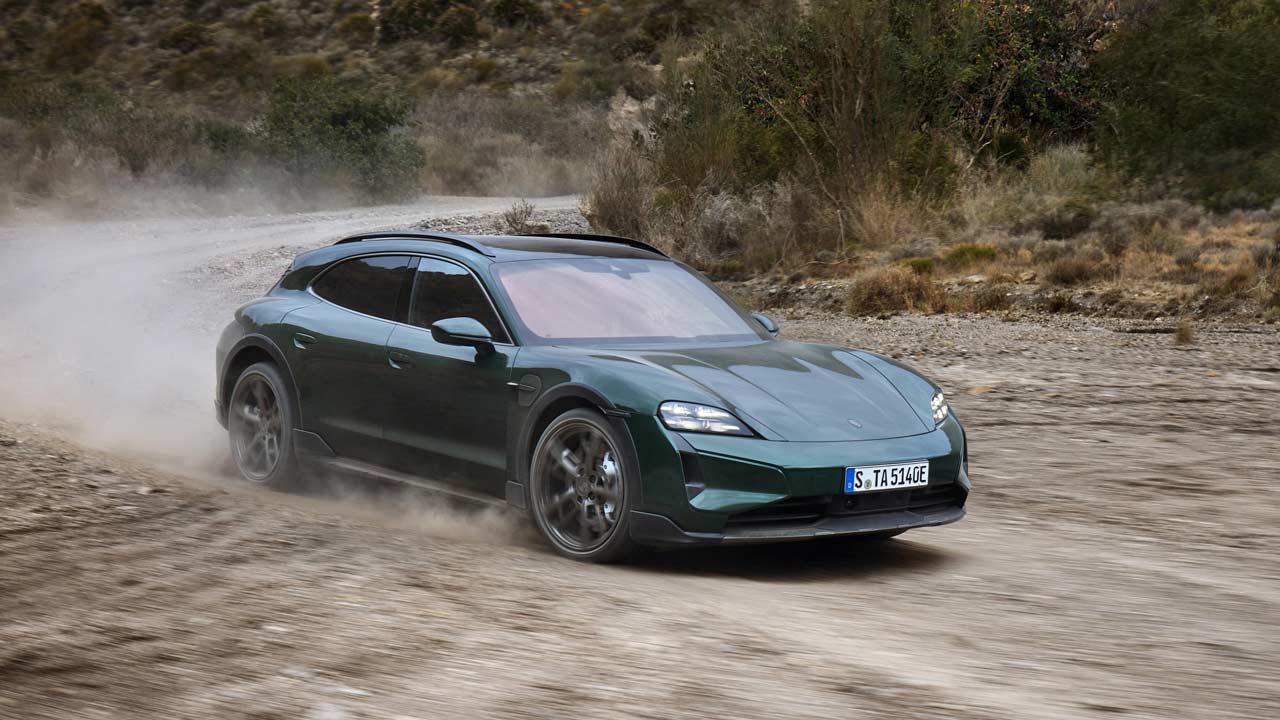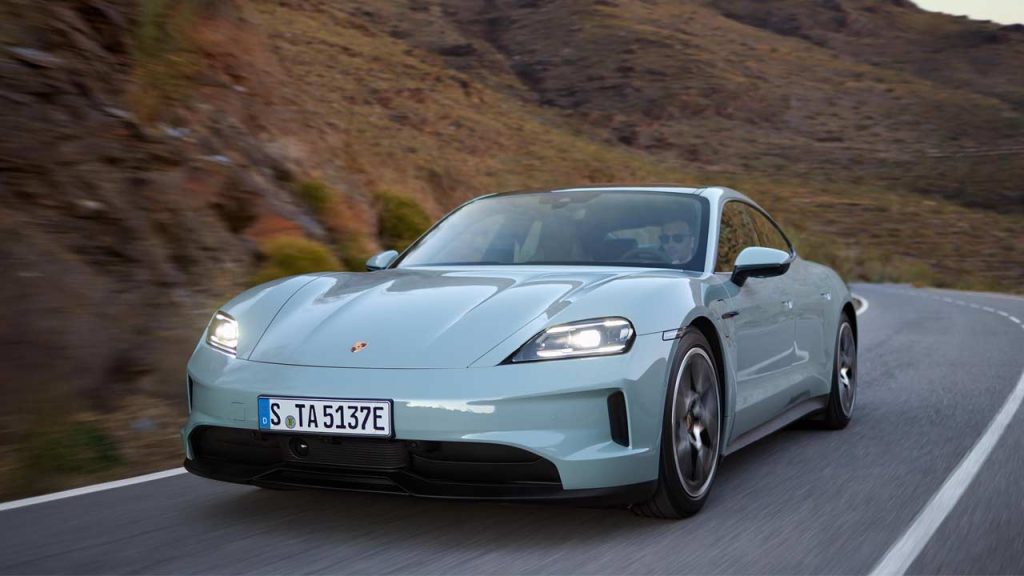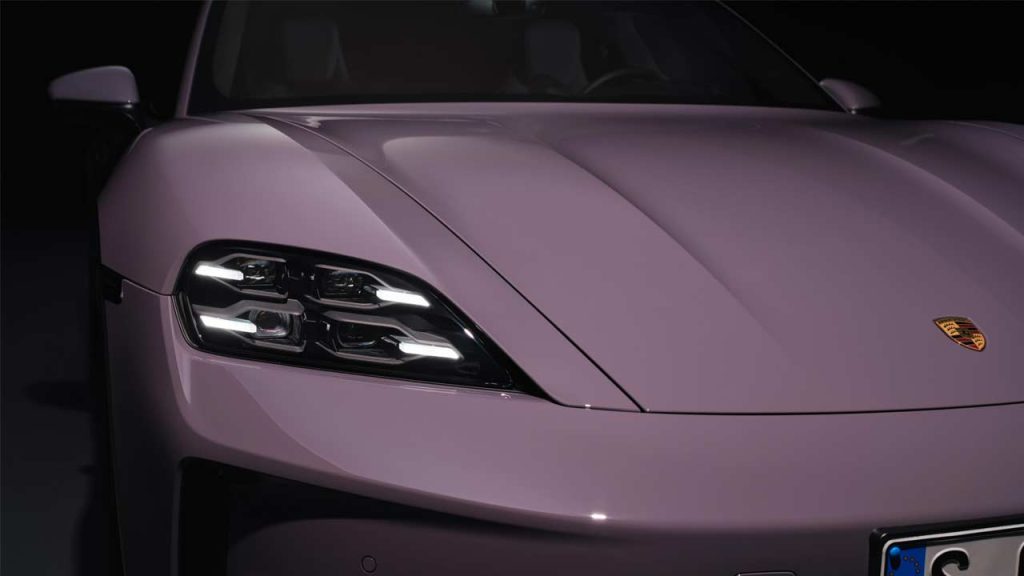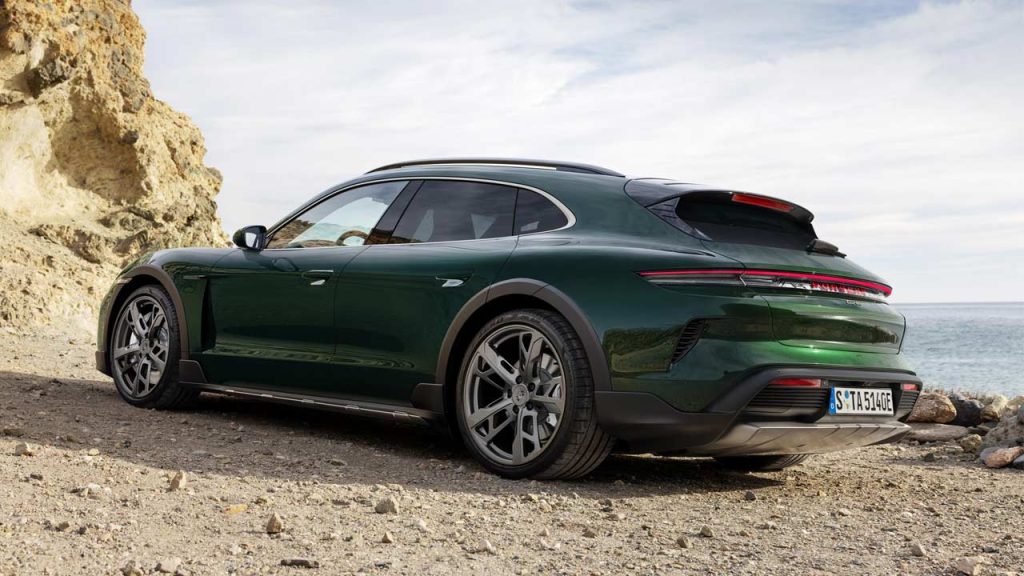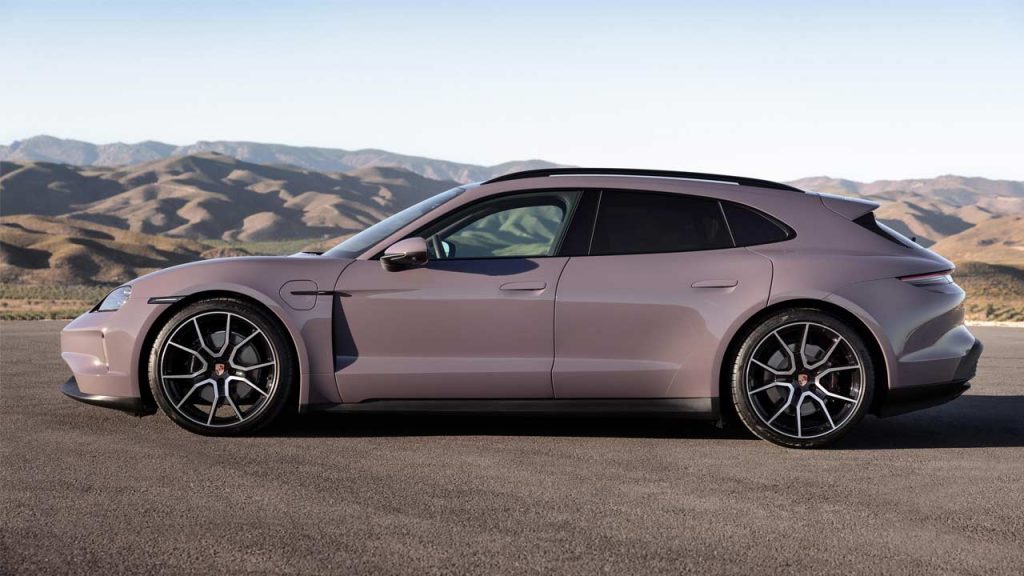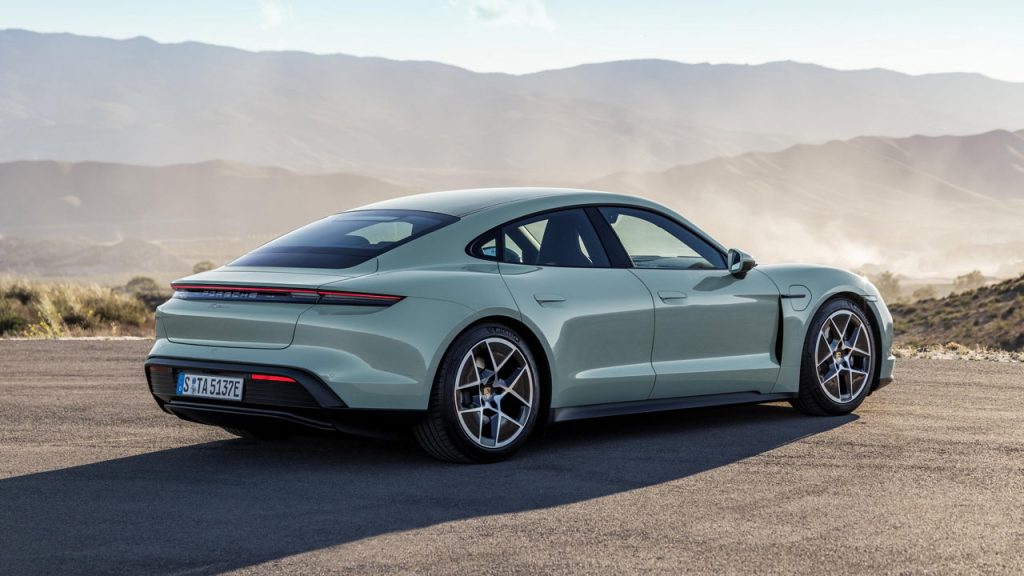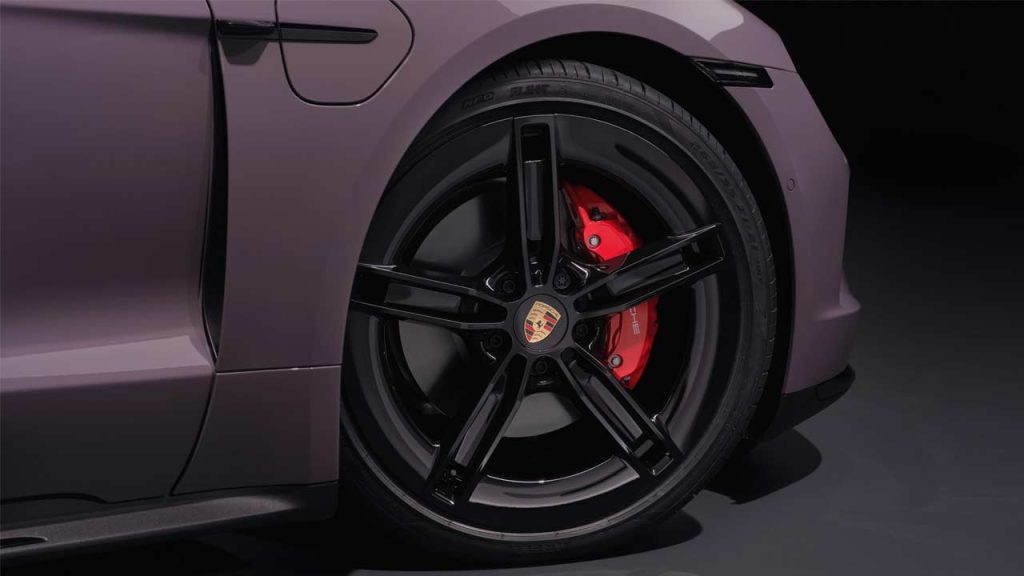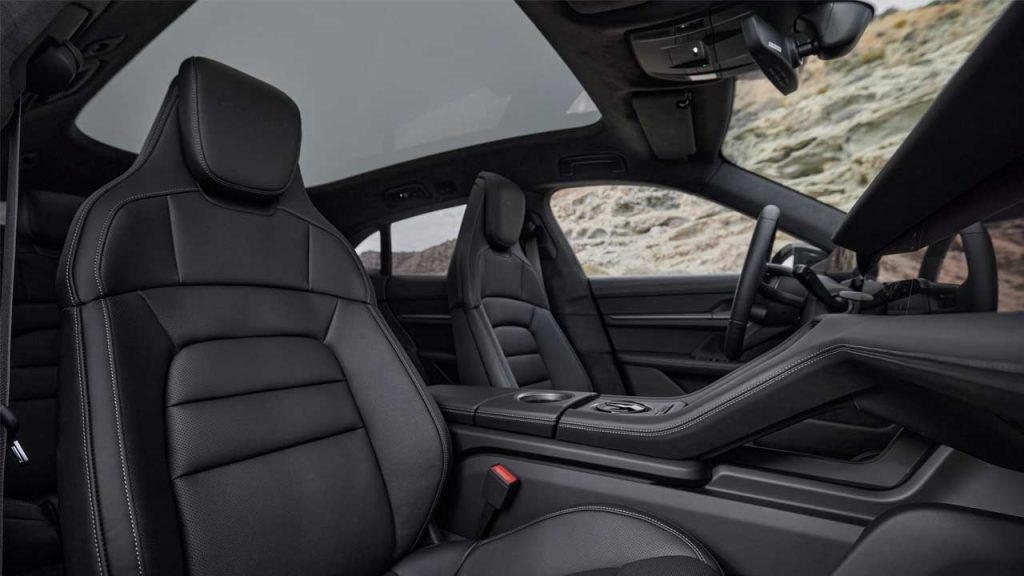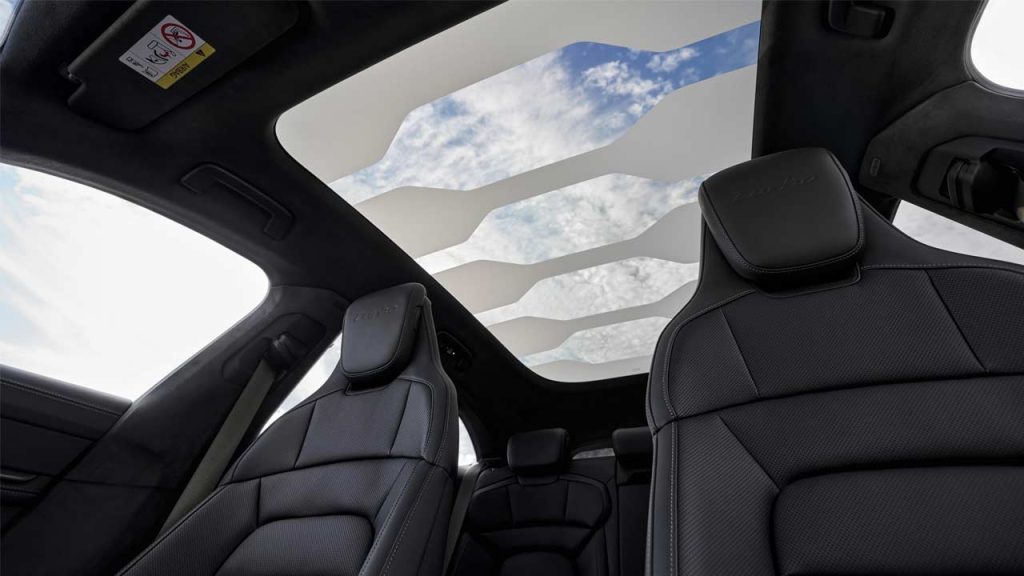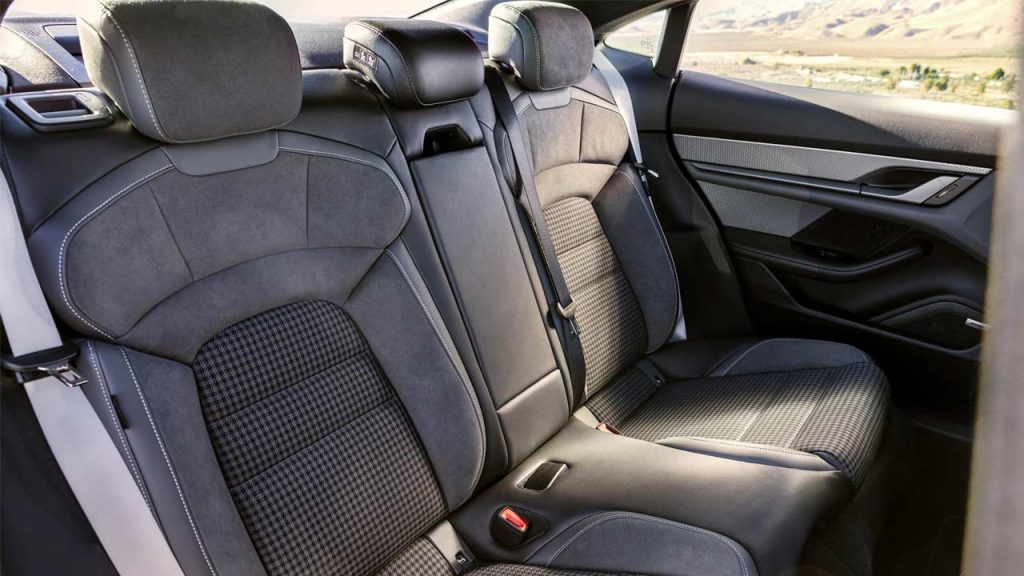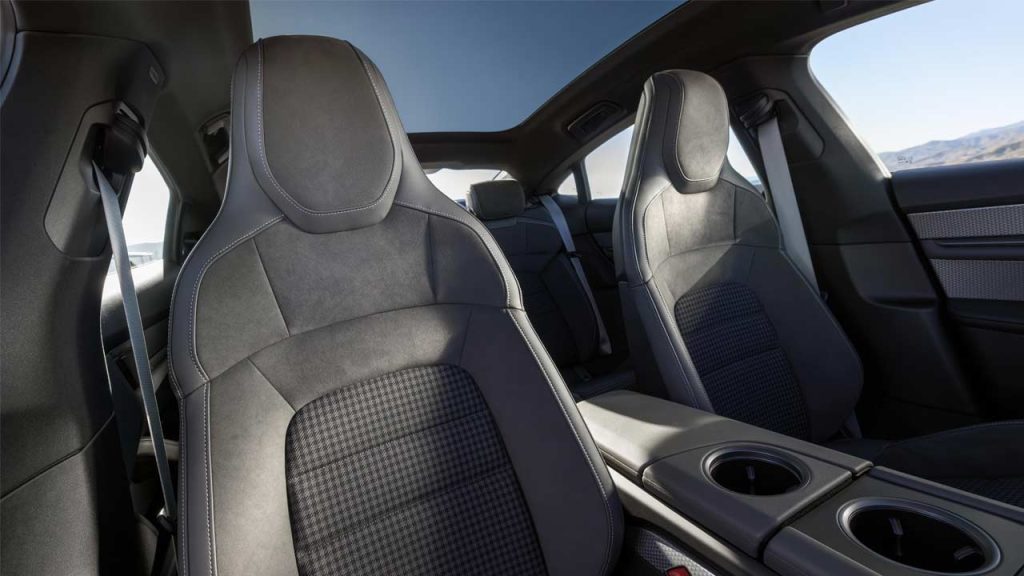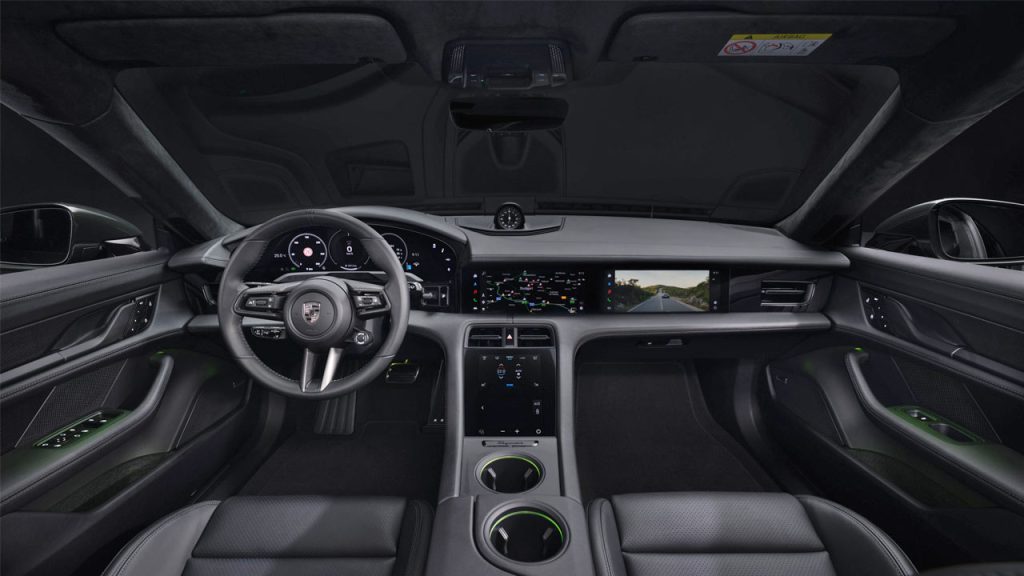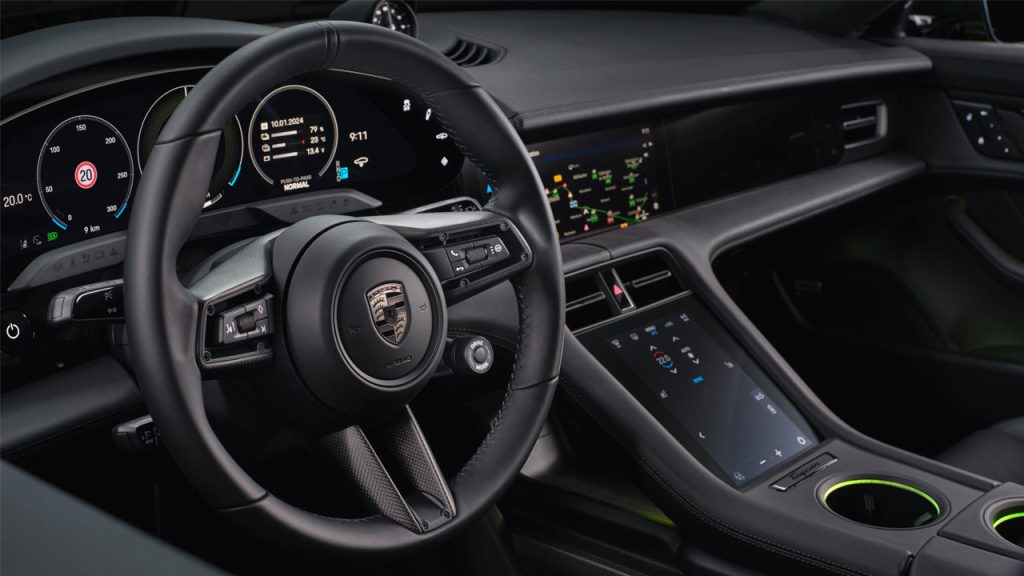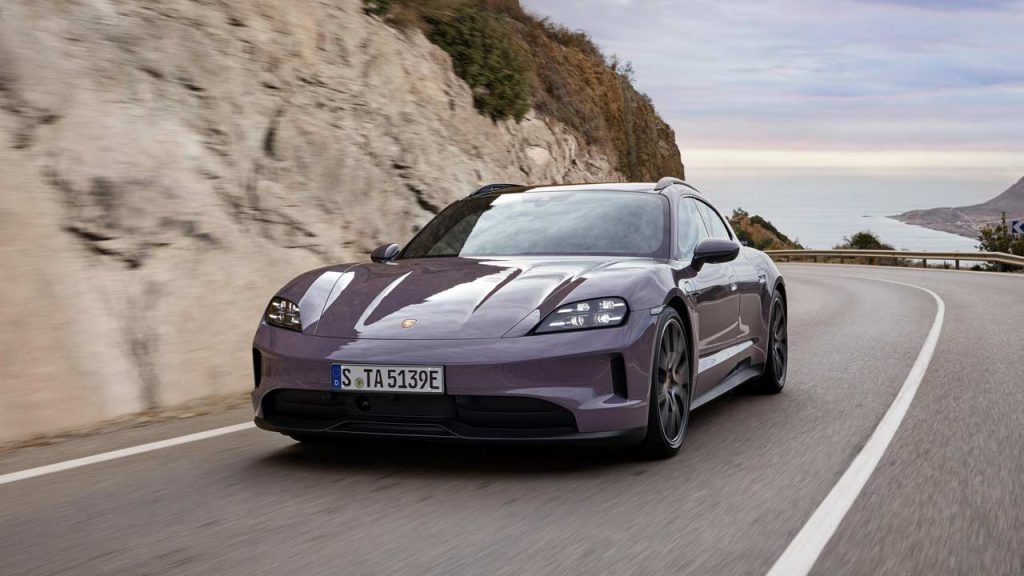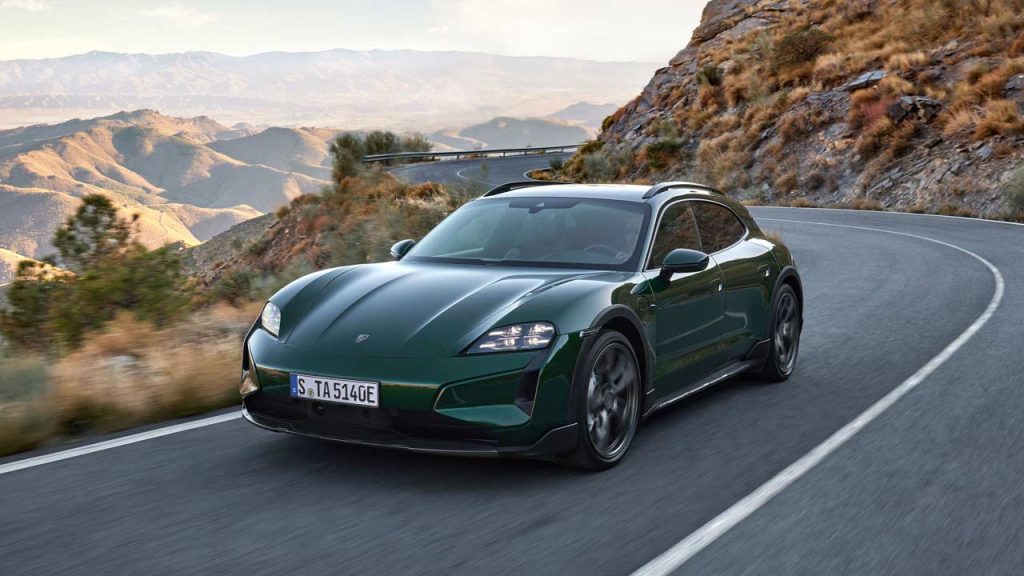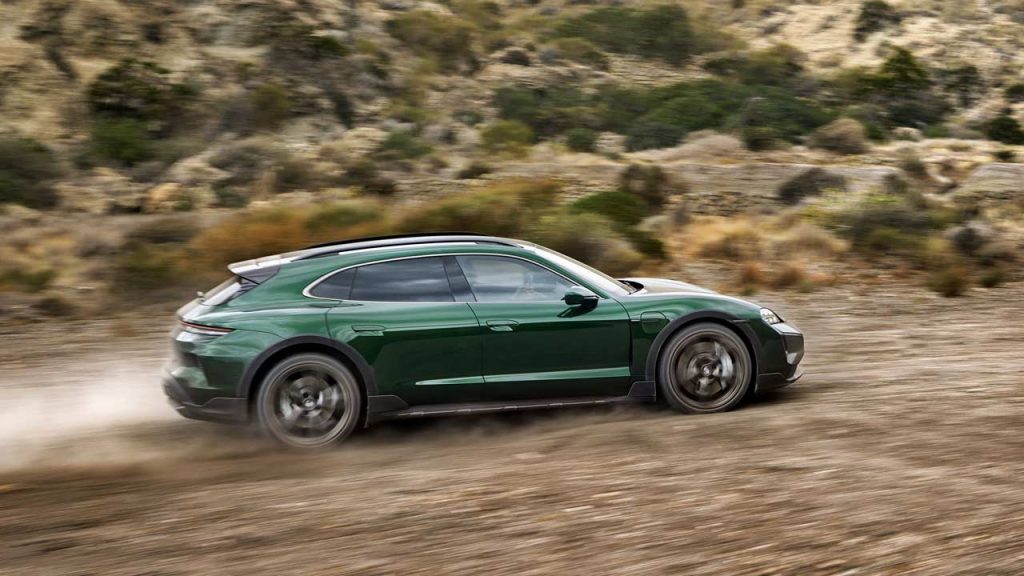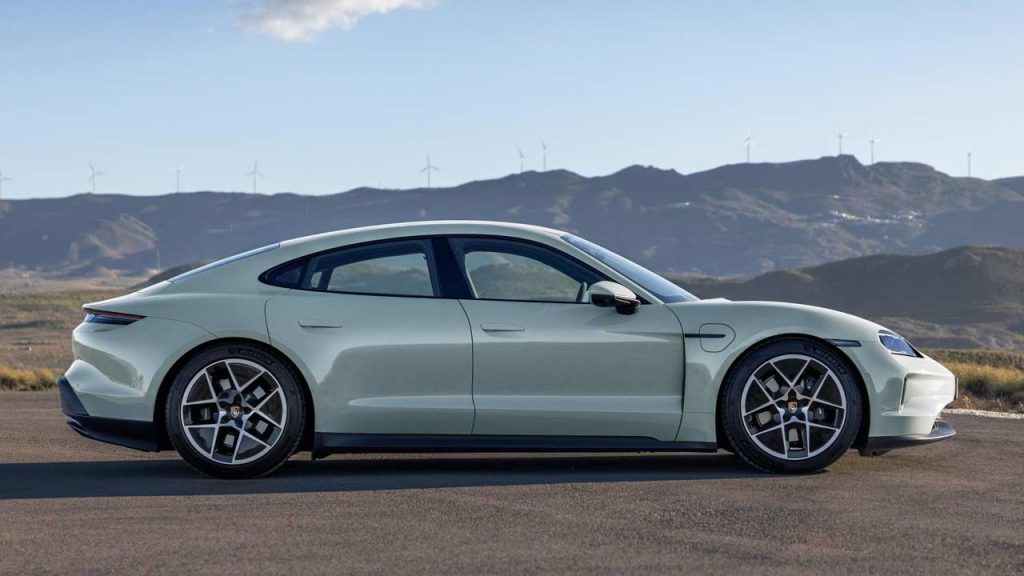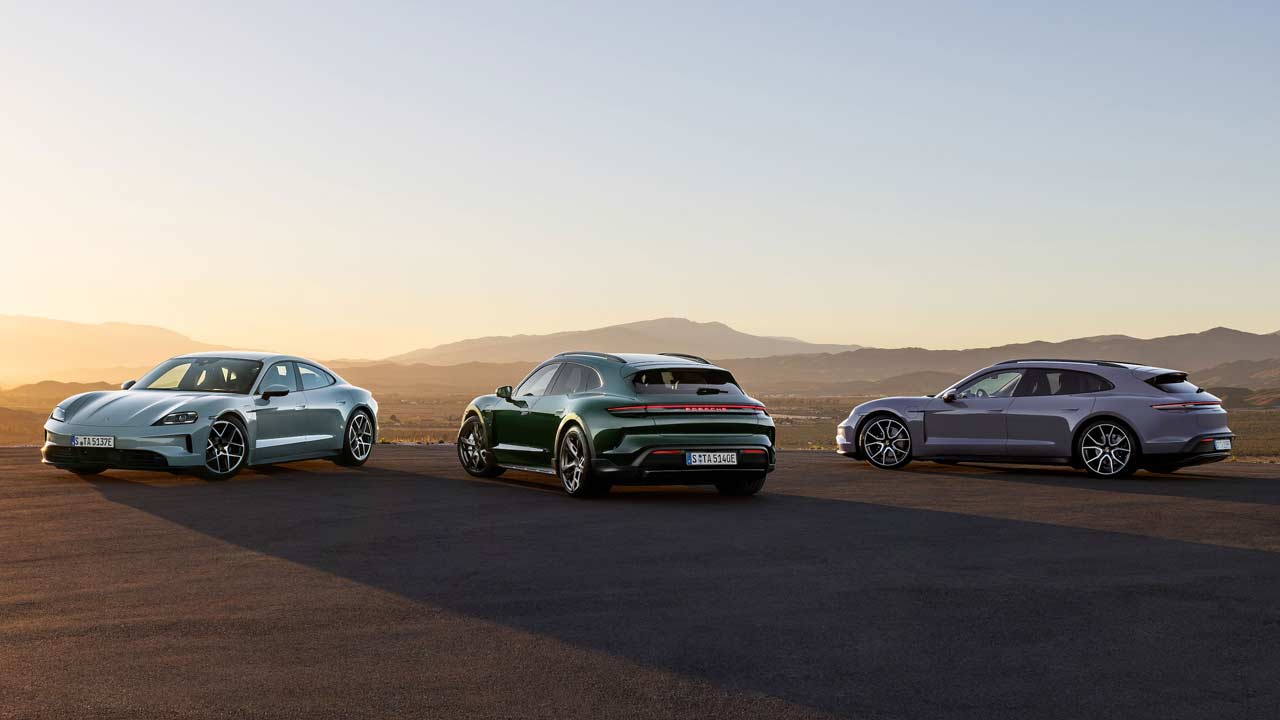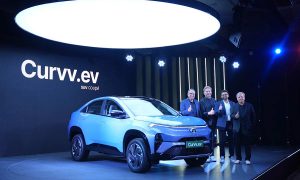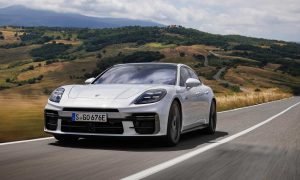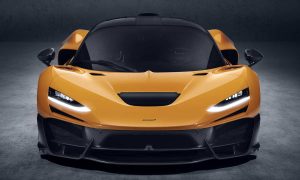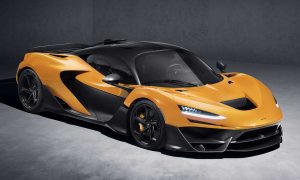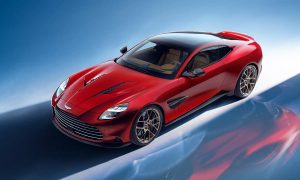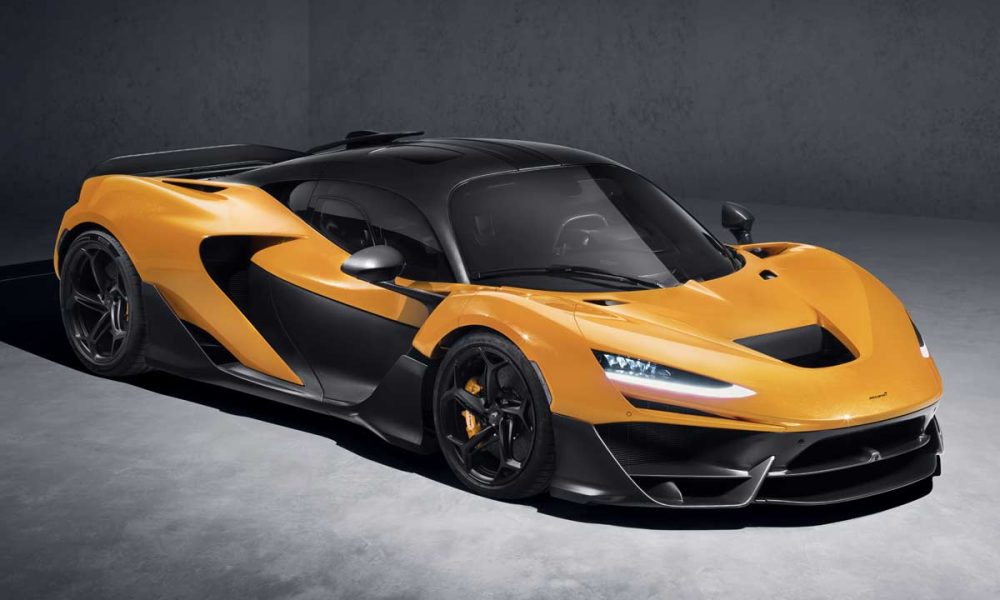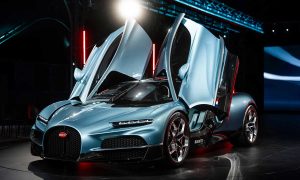Porsche has given its Taycan lineup an “extensive update”; the new versions are claimed to offer more power, more range, quicker acceleration and faster charging. Prices in Germany start at €101,500 (including VAT), and you can expect to see the facelifted models at Porsche Centers in Germany (and other European markets) from spring 2024.
| Model | German prices (includes VAT) |
| Taycan | €101,500 |
| Taycan 4S | €120,900 |
| Taycan Turbo | €175,600 |
| Taycan Turbo S | €209,900 |
| Taycan Sport Turismo | €102,400 |
| Taycan 4S Sport Turismo | €121,800 |
| Taycan Turbo Sport Turismo | €176,600 |
| Taycan Turbo S Sport Turismo | €210,800 |
| Taycan 4 Cross Turismo | €113,100 |
| Taycan 4S Cross Turismo | €126,400 |
| Taycan Turbo Cross Turismo | €177,000 |
| Taycan Turbo S Cross Turismo | €211,300 |
Yup, there are 12 variants to choose from at present, but a few more variants might join the lineup at a later date.
So, what has changed? Well, that’s a great question. At first glance, the 2024 Taycan looks exactly like the Taycan we all already know, isn’t it? But if you look carefully, the bumper has been subtly redesigned; the side intakes are not connected with the headlight housing. And of course, the headlights are also new with HD Matrix technology.
At the rear, the middle part of the taillight has some changes; I mean, the Porsche logo in the rear light strip features a three-dimensional, glass-look design. An illuminated version of this is available for the first time, featuring welcome/leaving animations. All variants now come standard with aerodynamically optimized wheels and reduced-rolling-resistance tyres. Porsche claims to have developed new 21-inch wheels specially for this.
Adaptive air suspension comes standard even on the base Taycan models. Standard equipment also includes electrically folding exterior mirrors with mirror surround lighting, ambient lighting, ParkAssist with reversing camera, heated front seats, Porsche Intelligent Range Manager (PIRM), heat pump with a new cooling system, smartphone tray for wireless charging, electric charging ports on the driver and front passenger sides, and Drive Mode switch and Power Steering Plus.
The new Porsche Active Ride suspension is optionally available for all-wheel-drive variants; this optional extra suspension is claimed to keep the body of the Taycan level at all times, even during dynamic braking, steering and acceleration maneuvers.
What else has changed? Well, the rear electric motor now offers up to 80 kW (109 metric hp) more power than its predecessor on all models. There’s a new push-to-pass function (availability depends on the model and specification) in the Sport Chrono package, which offers a 70 kW (95 metric hp) boost for up to 10 seconds. The base Taycan for example, delivers 60 kW (82 metric hp) more than before. In the Taycan Turbo S, it’s an additional 140 kW (190 metric hp) with Launch Control; this increases the system output of the top model to 700 kW (952 metric hp).
A modified pulse inverter with optimized software, revised thermal management, a next-generation heat pump and a modified recuperation and all-wheel-drive strategy, all contribute to the efficiency.
Speaking of the battery packs, the Performance Battery Plus now has a gross capacity of 105 kWh, up from 93 kWh. The battery is also claimed to weigh a bit less now. In the previous model, the charging time from 10 to 80% SOC at 15 degrees Celsius is 37 minutes. Under the same conditions, the updated Taycan takes just 18 minutes despite its larger battery capacity, the company said. Also, the new Taycan can be DC fast-charged with up to 320 kW; 50 kW more than before.
As for the range, Porsche claims a combined WLTP range (depending on the variant) of up to 678 km (421 mi), an increase of 175 km (109 mi) or 35%. The town range is claimed to be up to 821 km (510 mi).
The Taycan and Taycan Turbo S are claimed to sprint from 0-100 km/h (62 mph) in 4.8 seconds and 2.4 seconds, respectively, making them 0.6 and 0.4 seconds quicker than their predecessors.

Leave a Reply
Note: Comments that are unrelated to the post above get automatically filtered into the trash bin.
